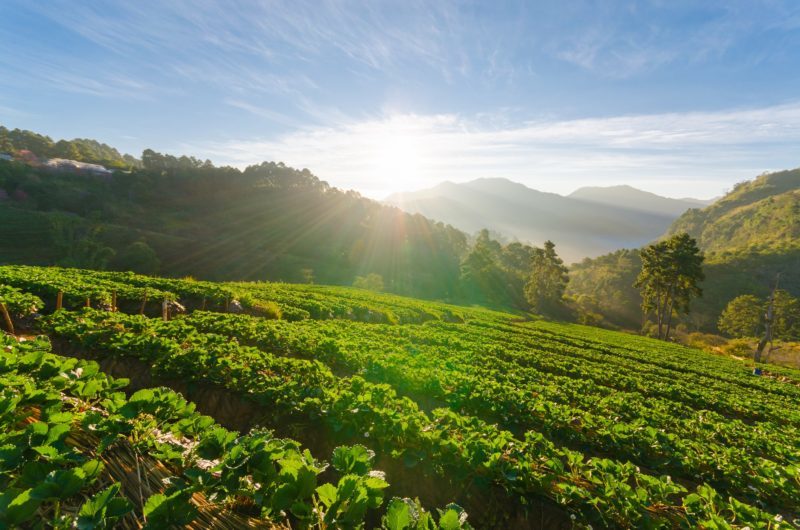The survey also found that there were 16,585 certified organic farms, a 17% increase from 2016, accounting for 5.5 million certified acres, an increase of 9% over 2016.
California lead the nation in certified organic sales, according to the survey; it saw $3.6 billion in sales, 36% of the U.S. total and four times as much as any other state. The next four states in organic sales: Washington ($886 million), Pennsylvania ($742 million), Oregon ($454 million), and Texas ($424 million).
The top sectors and commodities in 2019:
- Livestock and poultry products: $2.48 billion, up 12%
- Milk: $1.59 billion, up 14%
- Vegetables: $2.08 billion, up 27%
- Lettuce: $400 million, up 44%
- Fruits, tree nuts, and berries: $2.02 billion, up 44%
- Apples: $475 million, up 45%
- Livestock and Poultry: $1.66 billion, up 44%
- Broiler chickens: $1.12 billion, up 49%
- Field Crops: $1.18 billion, up 55%
- Corn for grain: $278 million, up 70%
Related: OPN Releases Q3 Organic Performance Report Rodale Invests in Organic Farmers The Organic Center Collaborates on Two USDA-Funded Projects
In terms of marketing, the survey found that $2.04 billion in organic products were sold directly to retail markets, institutions, and local/regional food hubs. $300 million in organic products were sold direct to consumers via channels including farmers markets and roadside stands or stores.Looking to the future, 29% of farms plan to increase their level of organic production. More than 1,800 certified organic farms have 255,000 additional acres going through the three-year transition period required for land to become certified organic. 710 farms not currently certified reported 61,000 acres of land transitioning to organic production.
“The results of the 2019 Organic Survey show the continued growth of organic production in the United States,” said NASS Administrator Hubert Hamer in a press release regarding the survey. “These comprehensive and essential, national- and state-level data are valuable to the organic industry as well as agri-business infrastructure and programs that support the sector.”
A press release from the Organic Trade Association thanked the USDA for compiling the statistics, but states: “The numbers show that organic acreage is still less than 1% of our total farmland. This points to a real need for more technical, risk management, and financial support for farmers wanting to transition to organic. USDA’s data bears out the continued—and urgent—need for greater support from the government to allow organic to continue its advancement.”










